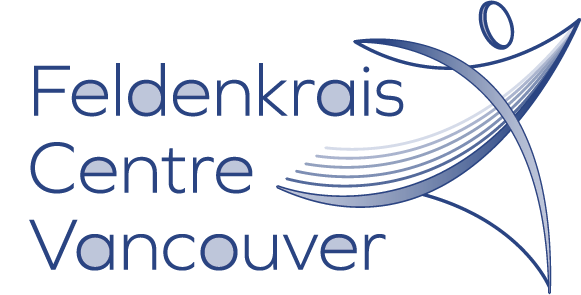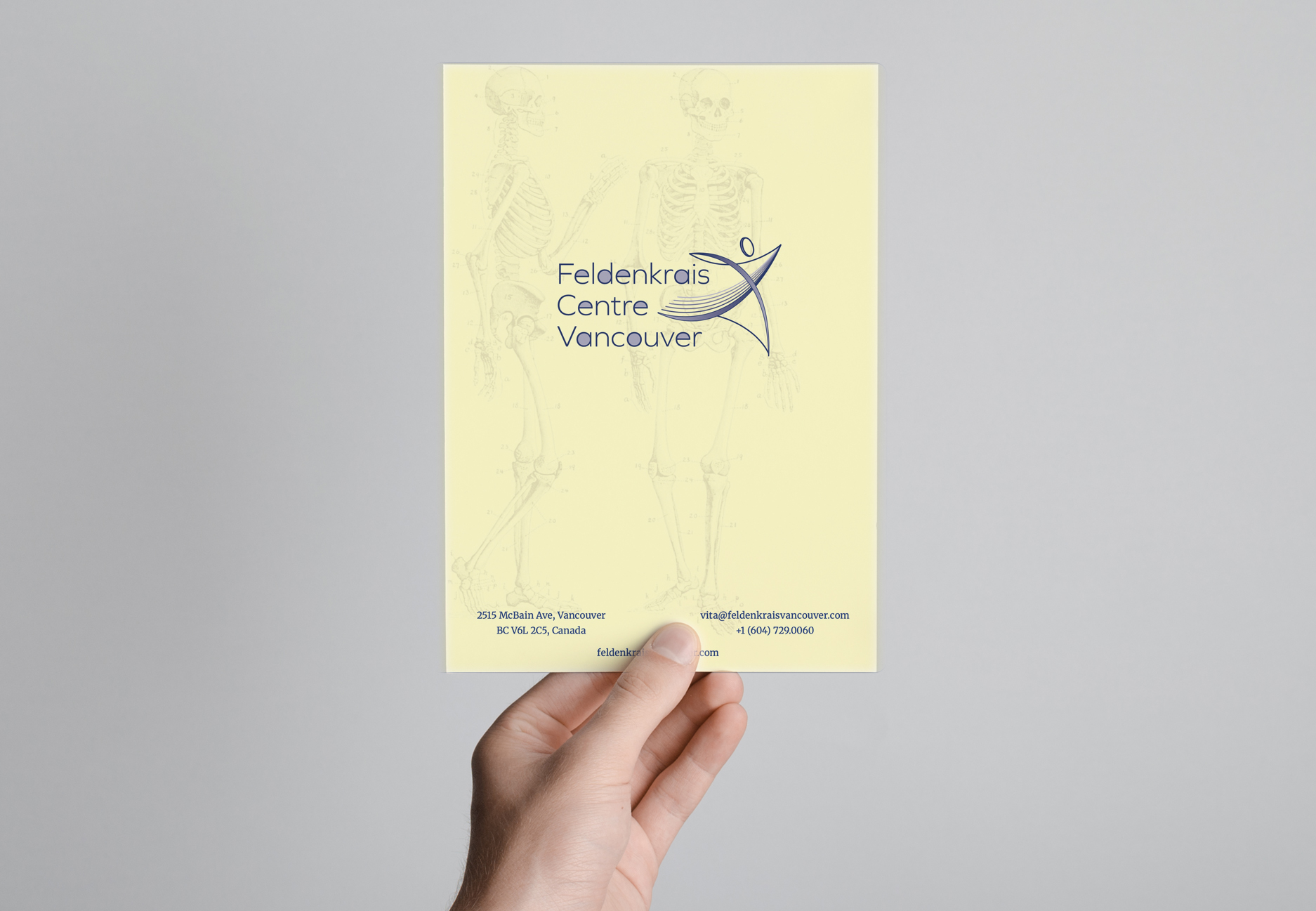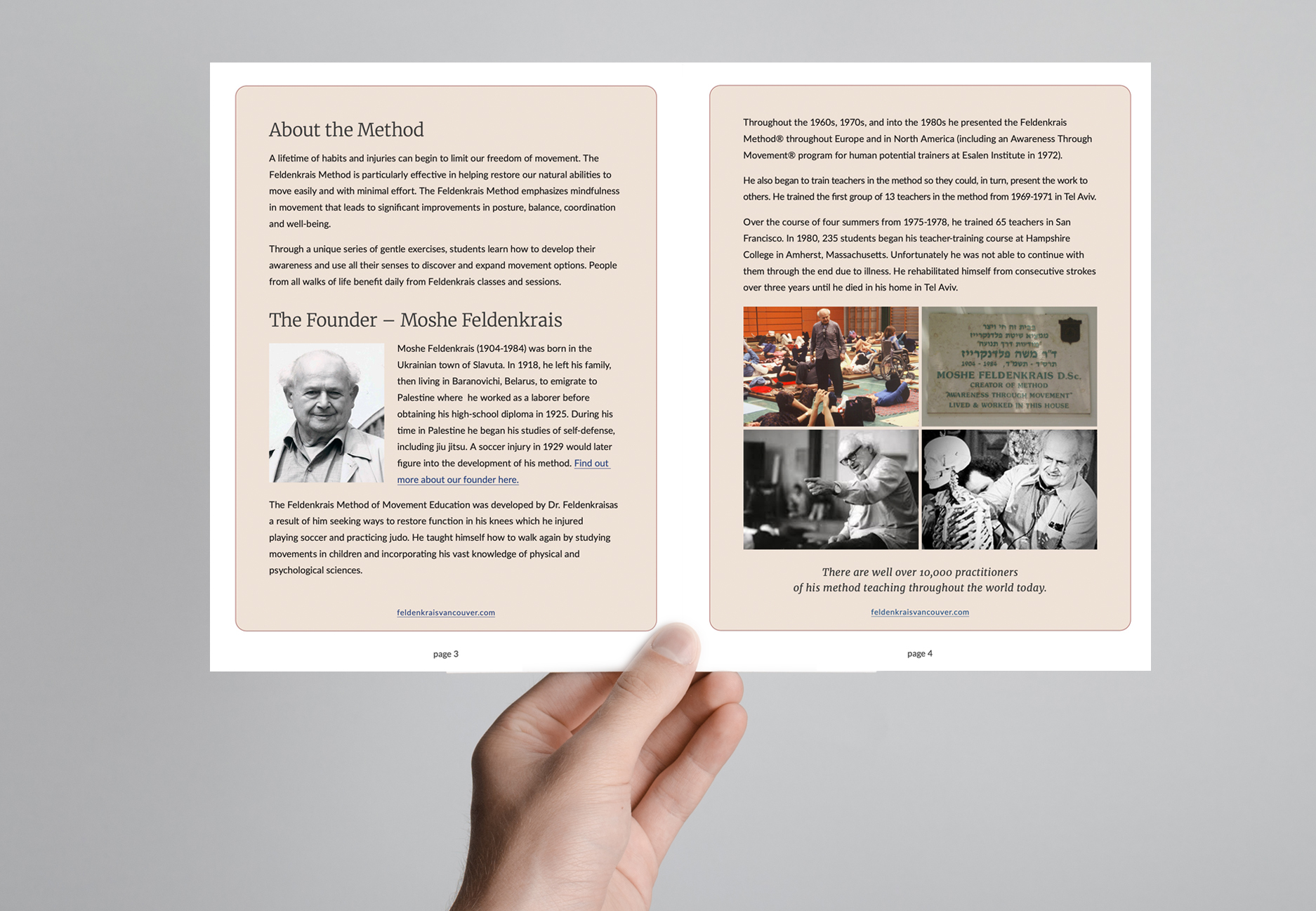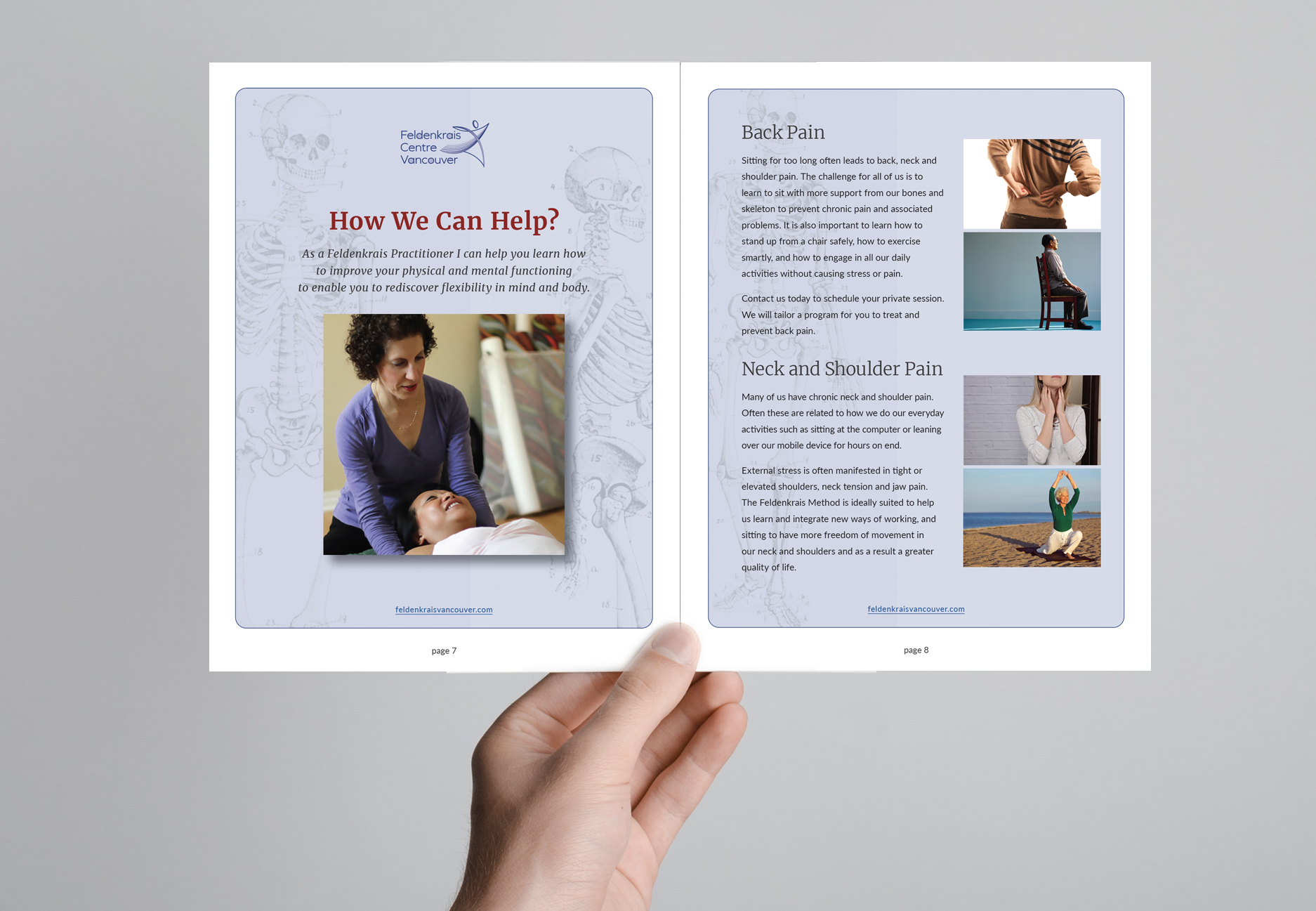
In recent weeks, I have come across articles in the media highlighting issues near and dear to my Feldenkrais heart!
Everyone knows that walking is one of the best, safest, cheapest and easiest forms of exercise. Regular walking has many positive health benefits. Until recently less has been written about walking backwards.
A couple of recent articles and here have helped me revisit the unique features and benefits of walking backwards. In Feldenkrais classes we often practice walking backward, usually in the context of a review after a class and in a safe indoor space. With the recent focus in the media, I have started to again practice backward walking, indoors but even trying it outside and so far feel comfortable walking backward for almost one city block. At the gym I regularly see a couple of people walking or running backward on the treadmill.
Walking backwards is not exactly the opposite of walking forward. In forward walking, the front foot leads going forward, striking at the heel with a short roll onto the front of foot, ideally connecting briefly with the fourth metatarsal and then onto the first metatarsal. When walking forward I teach how to focus and use the power of the back leg which fully extends before the final transition to the front advancing leg.
Walking backward reverses the pattern of the movements of the hips; the back leg advances backward first, usually striking more on the front of the foot and then rolling toward the heel while the front foot supports the leg going backward. The leg muscles are now working with a different timing and changed load, and the feeling of which leg muscles are working is different.
In addition to using and engaging different muscle groups, walking backwards helps to improve balance and flexibility, is more cardio active and challenges your brain because it requires that you pay attention in a different way while walking and pay more attention to your surroundings and the surface to avoid falls!
To explore backward walking start slowly; take a few steps backward and then return to walking forward, repeating at regular intervals to slowly build up your stamina and comfort. Start on a quiet street, on the grass or gravel if possible, which are softer. Breathe gently and easily, eschew the headphones so you can be in tune with the soundscape around you. Or if you want to start at home, start by walking around your house (in a room with space and not a lot of furniture in the way), or walk backward going downstairs and then upstairs.
Have fun!
Next issue, more current media stories with Feldenkrais connections and applications.



